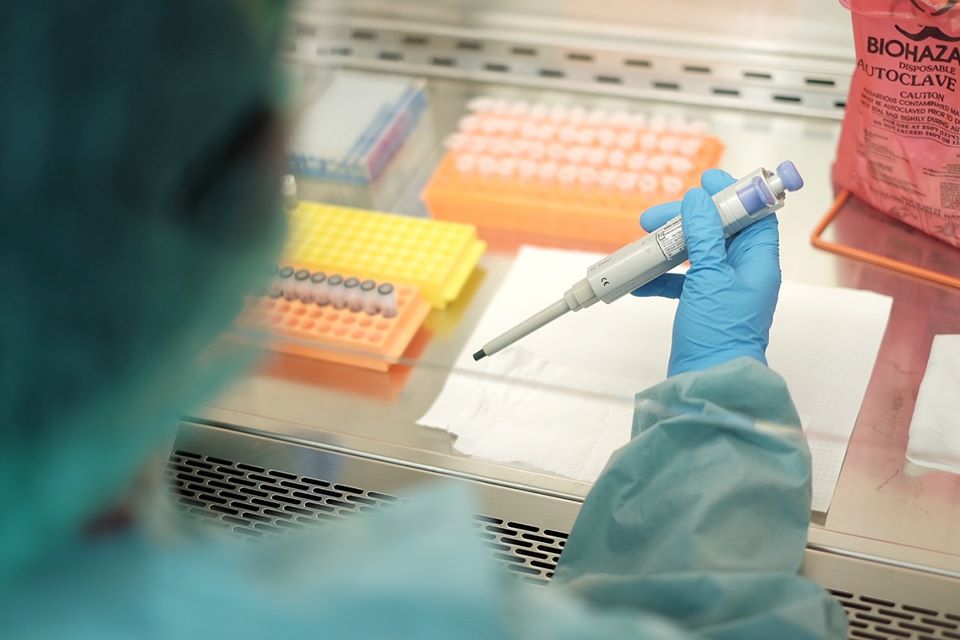Lost in the news: The purposes of testing

IT IS not easy for reporters these days to try and make sense of the science of testing the new corona virus, with official sources taking on different, sometimes contradictory, views from one another. Nothing is so disheartening for an already anxious public than to be confronted with so much confusion.
CMFR cheers Boo Chanco’s column “Demand and Supply” published in The Philippine Star on April 13, Easter Monday. In the same spirit of season, CMFR hopes General Carlito Galvez will take note of Chanco’s points.
Chanco takes on the long view, knowing that even after the lockdown, we will have to adjust to new norms– the wearing of masks, “social distance,” more digital meetings and consultations, and less travelling; we do not know how long the threat will hover over our lives. But the column goes beyond these observations to de-construct what has been the official policy on testing.
CMFR reviewed coverage earlier in March, but found few accounts which analysed, let alone critiqued, the government’s testing policy. The Department of Health (DOH) as lead agency, rejected calls for free, mandatory mass testing nationwide citing a lack of resources to acquire the “gold standard” of tests (the RT-PCR). More expensive, this also took longer to confirm findings and required a higher level of safety infrastructure to ensure the protection of laboratory professionals. With the lack of the RT-PCR tests, there was very little testing done, period. Justifiably, the communities in lockdown chafed at the bit and wondered what else could be done. With the formation of the Inter-Agency Task Force, government has moved with greater speed on some of the issues, but DOH has so far not re-opened the discussion on wider testing.
From Chanco:
“The gold standard test is useful for doctors who want to know if a patient is infected so they will know what course of treatment to take. The patient could just have ordinary flu and not require isolation.
Insisting on doing this kind of test alone, as Sec. Francisco Duque did, and to cover only those who are sick or probably infected is not enough. We need to see the big picture. . .how widespread the virus is in community and where the infection hot spots are. . .
Let us be clear, It is not one test or the other. We need these two tests for different purposes.”
There are different kinds of tests available locally and some are waiting for the necessary Food and Drug Administration (FDA) clearance. The quick tests used in South Korea use nose swabs. Japan has also just started producing its own, which it is now rushing for wide application among its citizens.
Our crisis managers should explain the different purposes for testing. As lockdown has been extended for two more weeks, there should be little time wasted on inter-agency bickering. There are different problems, some non-medical, which require decision-making. All these decisions to be made should be based on as much scientific data as available. Thus, the task for many of our public officials is to have the latest findings on hand, especially on the matter of testing. The rapid testing taken up by some pro-active mayors should be evaluated through open and transparent consultations. Local officials who have moved quickly with reasonable success should feel encouraged, not scolded. The peacemaker in Gen. Galvez should seek out these people; they are now all on one side.
Leave a Reply